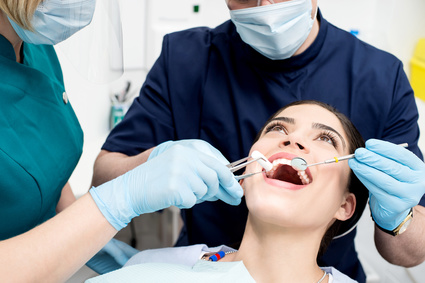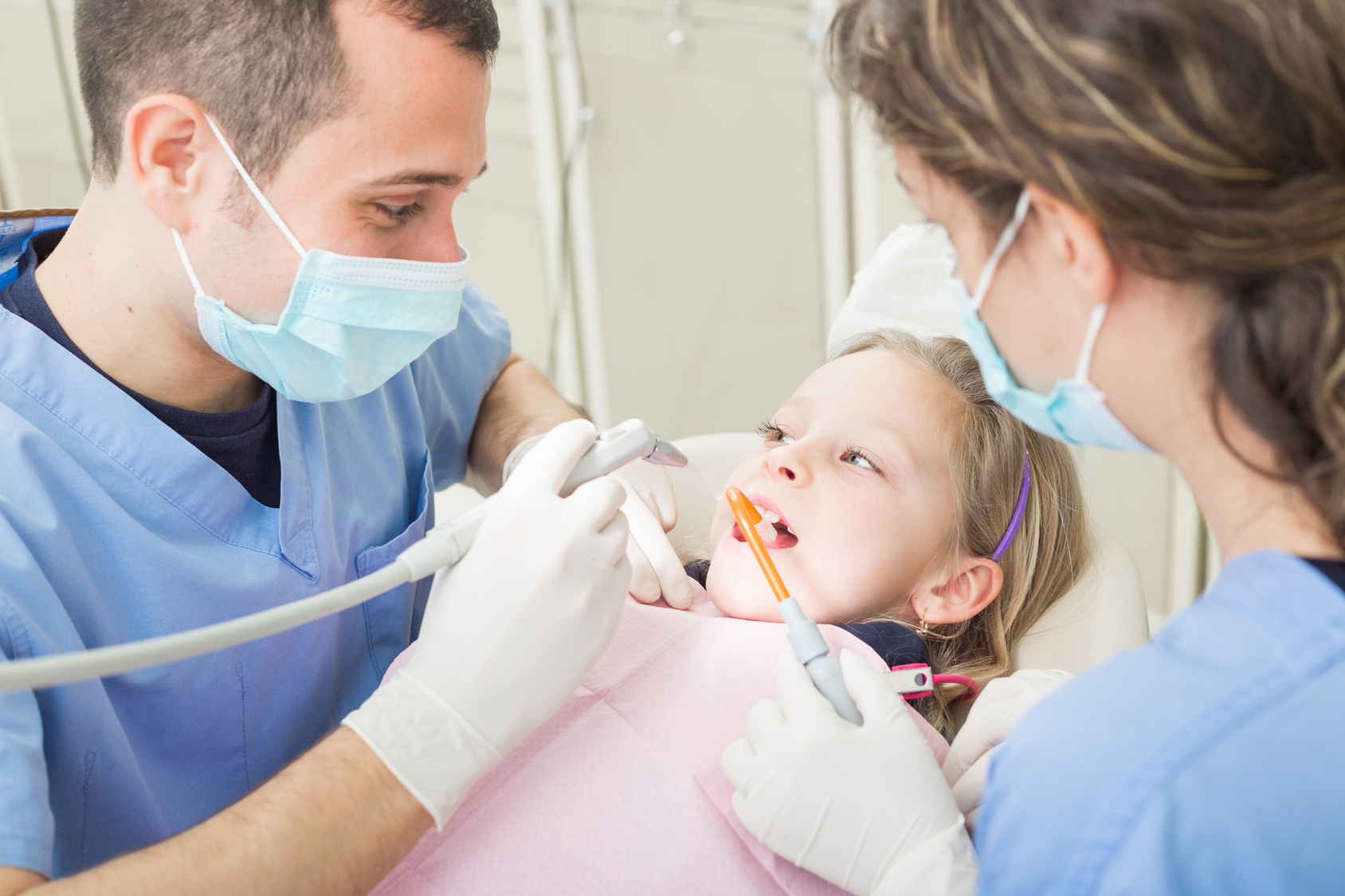Patient Info
Impacted Teeth
Humans have four canines (also called “eye teeth”); two on the upper jaw and two on the lower jaw. After wisdom teeth, canines are the second most-likely teeth to become impacted – not properly emerged through the gums, instead growing in slanted, sideways, or blocked within the jaw.
 Canines are prone to becoming impacted because they are among the last teeth to erupt. They may become impacted if there is overcrowding by earlier teeth.
Canines are prone to becoming impacted because they are among the last teeth to erupt. They may become impacted if there is overcrowding by earlier teeth.
Some people have extra teeth and these teeth may directly block the canines and cause them to become impacted or contribute to overcrowding.
Impacted canine teeth must be approached differently than impacted wisdom teeth. Impacted wisdom teeth are typically extracted because they are not considered functional.
Canines, on the other hand, are important for biting, maintaining alignment of the rest of the teeth and for the overall appearance of the smile.
Impacted canines are guided into place rather than extracted when possible.
Surgery to treat impacted canines may involve extraction of other teeth to create space for the canine to properly erupt. The canine can then be guided into place using a special bracket.
In children, an orthodontic appliance may be fitted to create space in the dental arch for the  canine to erupt. The canines erupt between ages 10-13. As part of orthodontic examinations beginning at age 7, a child’s dentist will document the number of teeth and monitor their growth and alignment to determine if treatment will be required to prevent impacted canines.
canine to erupt. The canines erupt between ages 10-13. As part of orthodontic examinations beginning at age 7, a child’s dentist will document the number of teeth and monitor their growth and alignment to determine if treatment will be required to prevent impacted canines.
Exposures for Impacted Teeth
Treating impacted teeth with Exposure; involves uncovering the distressed tooth and bonding an orthodontic attachment to it, then moving the gum tissue back over the tooth. The attachment is secured to a chain that is used to apply gentle traction to move the tooth into position.
